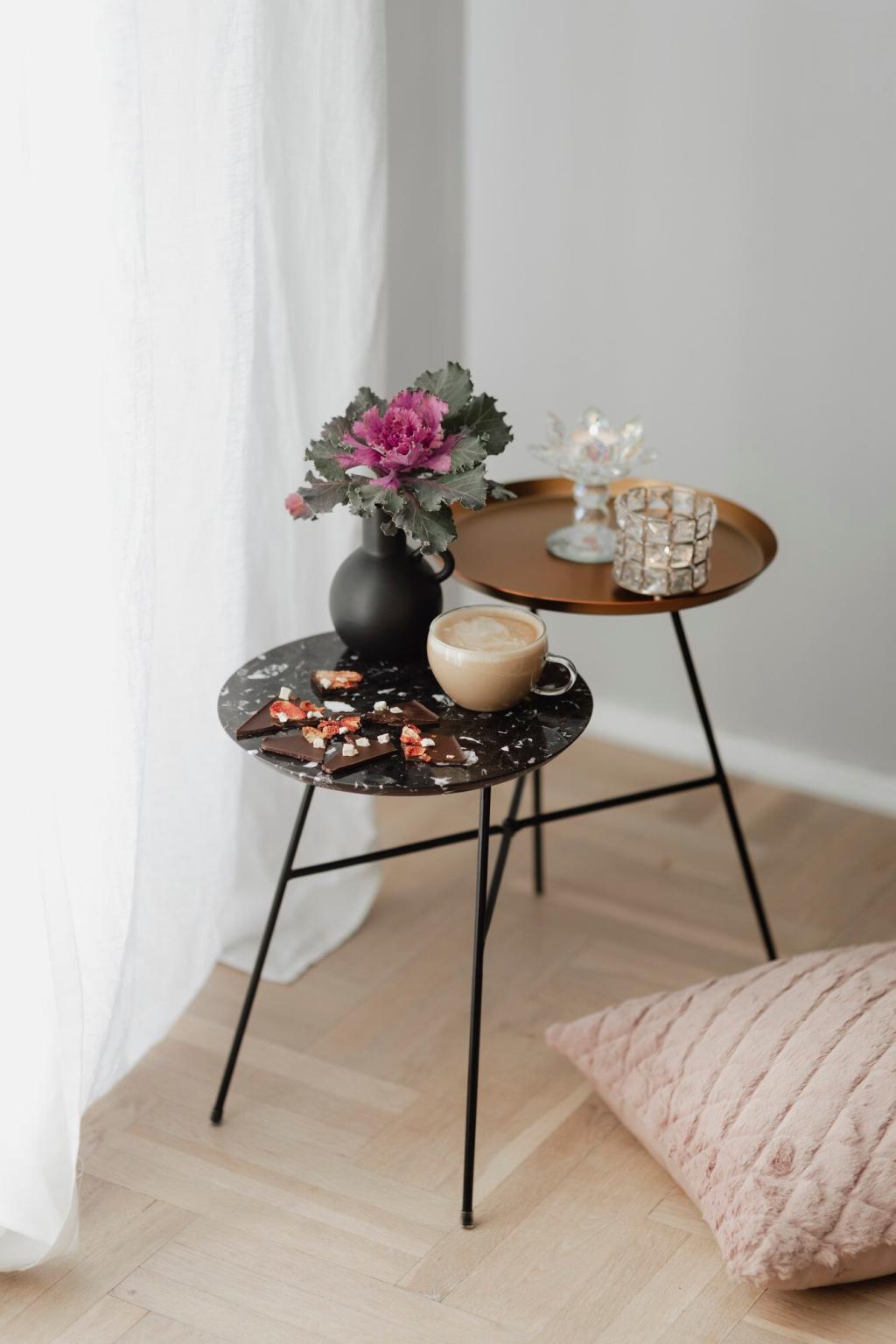Functional minimalism is more than just an aesthetic—it’s a mindful approach to designing spaces that prioritize both form and function. Guided by the principle that less is more, functional minimalism encourages us to clear away excess and focus on what truly matters. This approach leads to environments that are not only visually calming but also deeply purposeful, maximizing each element for comfort, efficiency, and beauty. Embracing functional minimalism means thoughtfully curating your surroundings to support your needs and lifestyle, creating a sanctuary that feels both intentional and inviting.
The Principles of Functional Minimalism
Mindful Curation
Mindful curation is the bedrock upon which functional minimalism rests. Instead of impulsively filling a space with objects, deliberate selection ensures each piece is essential and meaningful. This results in environments where clutter is noticeably absent, allowing the items you choose to stand out and contribute to the overall atmosphere. By routinely assessing what you own and keeping only what aligns with your lifestyle, you naturally maintain simplicity and avoid accumulation for its own sake. The ongoing practice of mindful curation fosters clarity, both visually and mentally, making everyday life smoother and more intentional.
Purpose-Driven Choices
Designing with purpose means each item in your space must serve a role—whether it’s functional, aesthetic, or emotional. This could be the chair that offers perfect comfort, the lamp that casts the right light, or a cherished keepsake that inspires. By prioritizing purpose, you eliminate the excess often associated with consumer culture, focusing on authenticity and true necessity. This discipline not only streamlines your environment but also enhances its utility and beauty. The result is a space tailored precisely to your needs, with no wasted potential or distracting elements.
Balance and Harmony
Achieving functional minimalism isn’t simply about removing items—it’s about creating a balanced environment where each remaining component interacts seamlessly. Through thoughtful placement and an eye toward harmony, you can cultivate a sense of calm and cohesion. This sense of balance manifests in the layout, lighting, and even the choice of materials, as every aspect contributes to a unified whole. The essence of functional minimalism is found in the harmony between emptiness and substance, allowing you to experience the benefits of simplicity without sacrificing comfort or personality.
Creating Purposeful Layouts
Zoning for Function
Zoning involves dividing your space into clearly defined areas based on use—whether it’s for relaxing, working, or entertaining. In a functional minimalist space, each zone is stripped to its essentials, containing only what you need for the task at hand. This clarity of purpose discourages unnecessary items from creeping in and supports the way you live. As a result, spaces become more efficient and comfortable, and daily routines flow effortlessly from one area to the next. The process of zoning also encourages thoughtful transitions between spaces, eliminating confusion and enhancing the overall experience.
Open Flow and Accessibility
Open flow and accessibility are crucial within functional minimalist design. Avoiding overcrowding and obstruction creates a sense of lightness and freedom, allowing movement without restriction. This extends to furniture placement, entryways, and sightlines, ensuring nothing interrupts the natural rhythm of the room. When accessibility is prioritized, the space feels instinctive and user-friendly—ideal for both everyday living and welcoming guests. Minimalism in this context doesn’t sacrifice usability; rather, it prioritizes it, making sure every part of the room is easily available and welcoming.
Adaptable Spaces
Flexibility is an underrated advantage of functional minimalism. By choosing multi-purpose furniture and maintaining an uncluttered environment, you empower your space to adapt to changing needs. Whether it’s rearranging for a dinner party, converting a reading nook, or accommodating extra guests, adaptable spaces make life easier and more enjoyable. The absence of excessive items ensures quick transitions and supports a dynamic lifestyle. This adaptability also encourages creativity, as you’re free to experiment and refresh your environment without starting from scratch.
Essential Elements for a Minimalist Space
Quality Over Quantity
In the world of functional minimalism, investing in fewer but higher-quality pieces makes a noticeable impact. Rather than filling a room with many average items, opt for select furnishings and accessories that will stand the test of time both in durability and style. Quality items offer lasting satisfaction, encourage mindful ownership, and often serve more than one purpose. The emphasis on quality means you’re surrounded by objects that perform well, feel good to use, and look elegant. This approach reduces waste and fosters a deeper connection with the things you choose to keep.

